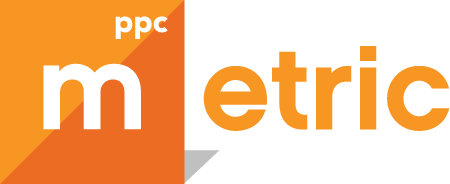Why You Have To Estimate Your REAL Cost-Per-Lead (CPL)
When we first meet with companies, we’re surprised at how few of them know what they’re paying for leads either offline or online. They’re typically running ads on a few different marketing channels, but they haven’t figured out how calculate their actual cost-per-lead (CPL). This is a very bad position to be in — you can’t set your expectations correctly when you start your online marketing campaign. If you’re going to have any success in marketing, you need to determine a reasonable CPL in your market.
In the early days of Google AdWords, it was almost magical how online leads could be 1/10th the cost of getting a lead offline. We run campaigns for keywords now that are near $1.00 per click — and in 2004, those clicks were near $0.10 per click. The price per click (PPC) market has become efficient in the sense that competition has raised the click prices up to near what they would be worth offline. You can typically get more leads and more converting leads with a well-optimized PPC campaign, but you have to be realistic with the price you’re willing to pay for a lead. You’ll typically not get them for a factor of 10 less than you are paying offline.
For example, if you were a realtor and took what you pay for advertising and all your offline efforts, you’d most likely find your CPL well above $200 each — depending on the local market. Therefore, you can’t expect to find them at $2 per lead online using PPC campaigns. If you aren’t realistic about what the value of a lead is, you’ll miss an opportunity to expand your business and shut campaigns off too early. For example, if you’re making $3,000 from a closed sale paying 10-20% for a lead, $300-600 is not an unrealistic expectation to set.
To estimate your expected CPL, take your gross advertising dollars and divide it by the number of leads you had last year. If you spent $10,000 on marketing last year and had 50 leads, then you spent about $200 per lead. Of course, this is a gross approximation — but we’re looking for orders of magnitude so that you can set your expectations correctly. You definitely didn’t pay $2 per lead or $2000 per lead. Having this kind of estimate allows us to correctly set up your CPL goals and ensure you get the maximum number of leads for the minimum price. That’s an optimization problem we have to solve when running PPC campaigns on search engines and social networks.
Before working with any online marketing company, you should have a good idea of what you currently pay for leads and also what you’re willing to pay. This can help you set your budgets correctly and ensure you don’t turn off marketing that works — but make sure you turn off marketing that isn’t.
Related Content

Sean Golliher
President
Sean periodically teaches as an adjunct professor on the topic of search engines and search marketing at MSU and is a member of their computer science advisory board. He completed coursework for his PhD in machine learning at MSU. He was the founder and publisher of SEMJ.org. Sean holds four engineering patents, has a B.S. in physics from the University of Washington in Seattle, and a master’s in electrical engineering from Washington State University. As president and director at metric ppc, Inc. he focuses on search marketing, internet research, and consults for large companies.
